Home Hi-Tech Audio / Video / TV / Streaming ,,,,,Headphones were once judged by their ability to reproduce sounds and in particular notes in all frequencies: if we only consider this point the MDR-1000X are just a good pair of headphones, but the point is that nowadays the terms of comparison are much more articulated, and this new Sony model holds them all up well.
Born from the evolution of the h.ear (which we talked about some time ago) these new MDR-1000X raise the quality with a similar design, albeit with a much more accurate technology.
Sony entered the very difficult sector of noise canceling headphones late, but in a couple of years it has managed to forge a leadership position, at least in terms of quality, to which all other brands, including Bose, will have to confront.

MDR-1000X, quality that cannot be seen or heard
The MDR-1000X are presented in an elegant semi-rigid case, where they are housed closed and folded, in the company of a charging cable and the analog audio cable (whose useful connector is located in the left pavilion).
For the construction material, a semi-gloss plastic and imitation leather was chosen for the pavilions: once opened and worn, they are immediately appreciated for their comfort, and for the nice audio feedback that indicates the status of ignition and Bluetooth connection (and on request , also the battery status).
The pavilions are large, very large, so much so that users will hardly have problems getting their ears off, even of generous size: the adaptable band at the top in our opinion is a bit soft and tends to close more on one side, but it is a detail that can basically be underestimated.
Upon switching on, after a full charge which usually varies from two to three hours, the headphones immediately activate the NC (noise control) chip which, for the uninitiated, is an electronic function which, thanks to a microphone ( in the MDR-1000X there are two) “analyzes” the external noise returning an equal and opposite sound wave in the headphones, resulting in the (almost) total reduction of external environmental noise.

This function, we remind you, is very sophisticated and far from easy to implement (in fact there are not many houses that produce models with NC): users are among other things invited to use it only in safety circumstances, such as a travel by train, plane or bus, while it is absolutely forbidden to use it on foot, because the absence of external noises increases the risk of accidents.
Precisely for this factor the MDR-1000X have introduced numerous innovations compared to the previous h.ear model: first of all a button that varies the operation of the NC from Normal, in which the reduction is homogeneous to Voice, where in practice the reduction lets pass the voices of the surrounding people by eliminating the rest.
The second novelty is a proximity sensor placed in the right pavilion for which, by bringing the palm closer to the pavilion, the volume of the music is temporarily lowered, allowing us to converse with those in front of us.
In any case, the NC chip can be activated or deactivated at will, in order to transform the MDR-1000X into a pair of “simple” Bluetooth headphones, a very useful factor on the one hand to be able to use them on the street on foot or in places where anyway we need attention and on the other hand to save battery, even if the duration, which varies around 20 hours, seemed more than good to us.

For musicians but not too much
In listening for fine palates the MDR-1000X perform well, allowing themselves to be identified as headphones not for high fidelity but more for use on the road. The bass is good, as well as the higher frequencies, even if the articulation of the various frequencies gives way to more dedicated models (and expensive, and without the NC chip).
Basically, these are headphones dedicated to listening to movies, or designed to play games (excellent response with some iPhone games, towards which there was no delay, despite Bluetooth) and to listen to songs in MP3 or even not compressed but still for normal palates.
The use on the road is also understood by the presence, in the right pavilion, of a touch area for controlling the music: small touches or dragging allow you to play, stop or modify the song being played, as well as to increase and decrease the volume.
This type of controls, very beautiful to look at and certainly functional, is perhaps too sensitive and it takes a few days to fully master it, so much so that it has often happened to hear the beep of the command even simply by wearing or removing the headphones.
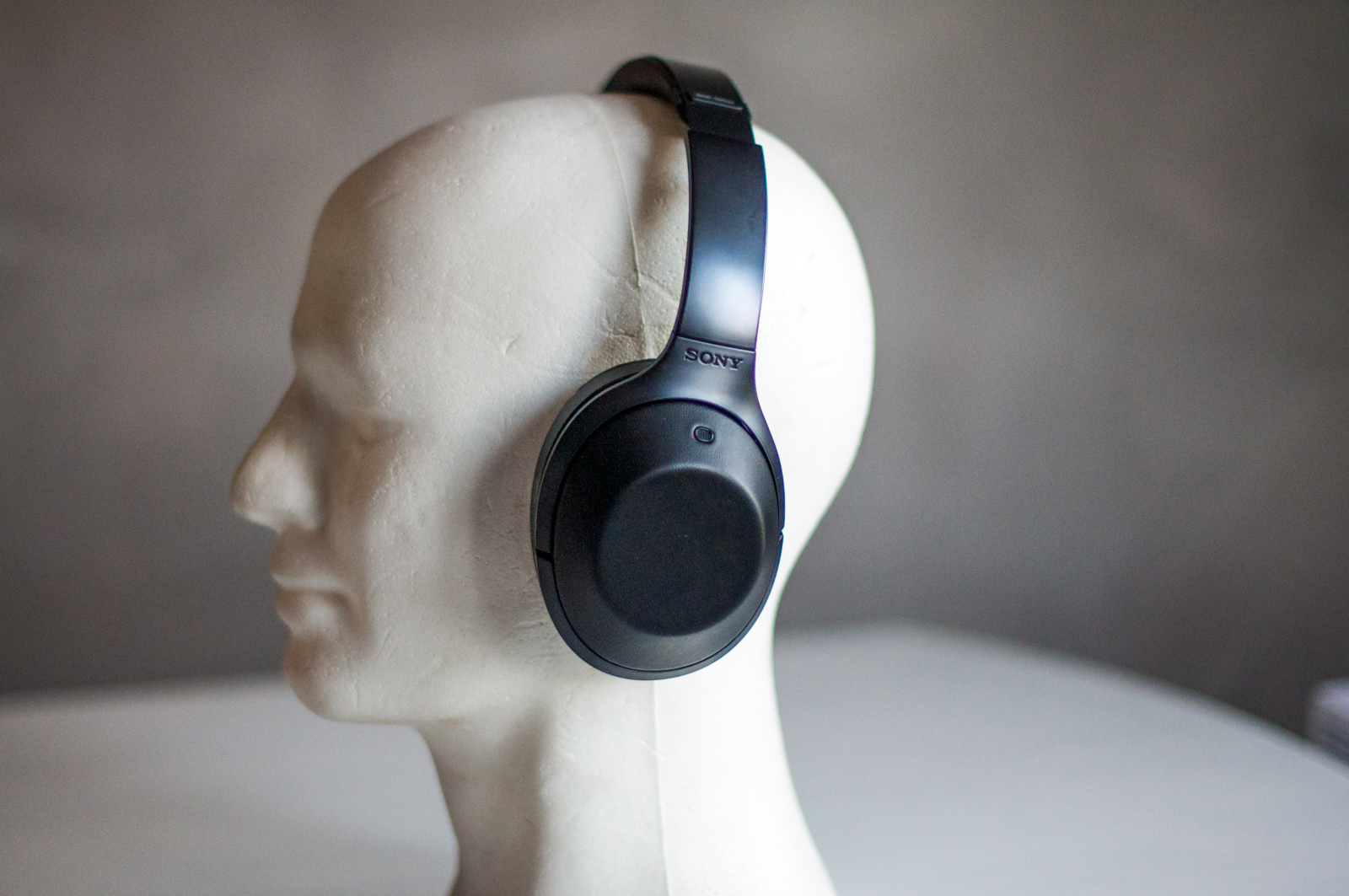
In essence, it is a pair of headphones capable of leaving a deep mark on the market: the soft, effective and parameterized use of the NC is probably where the MDR-1000X show excellence, as well as in duration and in 'refinement of the use of Bluetooth that you never have, during the whole test (with an iPhone 6s) given the slightest sign of perplexity.
As for pure music listening, the result was on a good pair of headphones, whose response can improve or worsen depending on the quality of the song and the player's equalization but which does not offer a particular timbre clearly evident in the more advanced models.
However, it is true that once the NC is switched on the judgment becomes more difficult because at this point we must also involve the external environment and its influence on the final response, given that few users can afford naturally soundproof listening environments.
Considering all the capabilities, on which the use of NC stands out, we can say that we are facing a model that aims to become a point of reference in a sector that has grown a lot in recent years and, we are sure, with sudden changes that will come especially for wireless connectivity.
The price, nominally 399.00 Euro (but there are also offers online at discounted prices), is slightly higher than the average of the models with NC, but here well proportioned considering the additional services such as touch controls, chip modularity and the perfection of the use of Bluetooth.
Pro :
Cons :
Price : 399.00 Euro






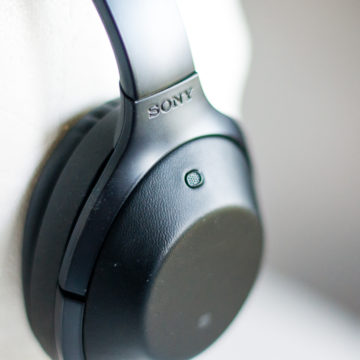
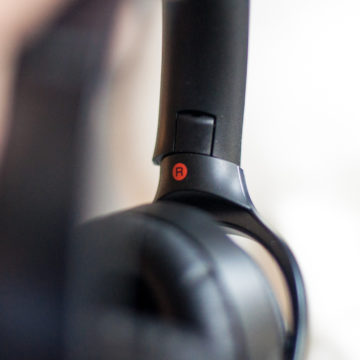

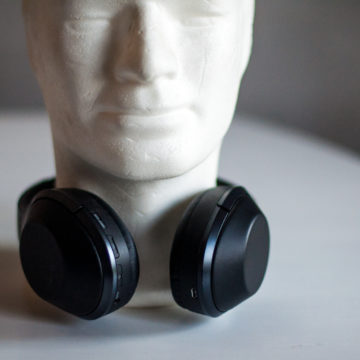

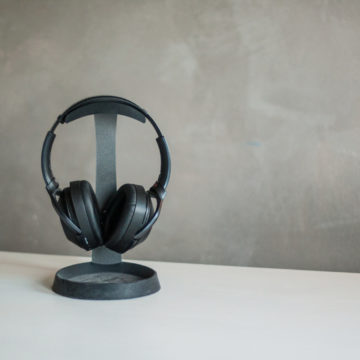
,,




